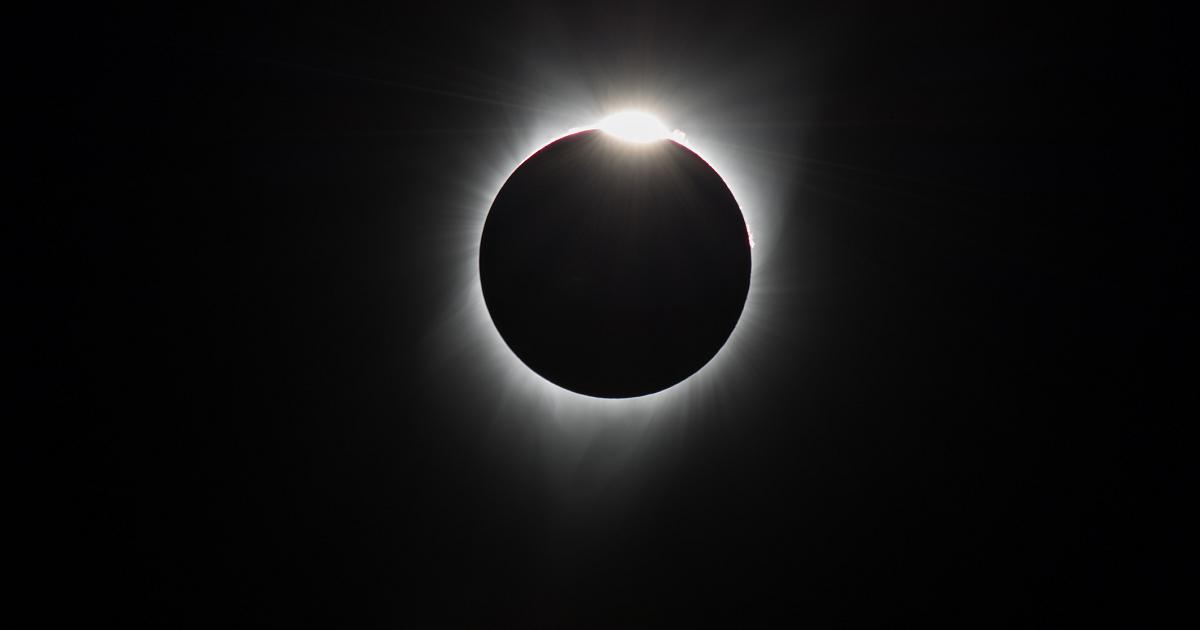image source: https://www.timeanddate.com
Welcome to our guide on solar eclipses in the US! As avid sky watchers and astronomy enthusiasts, we know how exciting it is to witness this rare phenomenon. But have you ever wondered how often solar eclipses occur in the US? In this article, we’ll explore the frequency of solar eclipses in the US and provide some insights on when and where you can catch the next one. So, let’s dive into the world of solar eclipses and discover just how often they grace the skies of the US.
Discover the Frequency of Solar Eclipses in the United States
Solar eclipses have long fascinated scientists and the general public alike, with their rare and awe-inspiring appearances. While they occur all over the world, the frequency of solar eclipses in the United States has been a topic of interest for many. In this article, we will explore the frequency of solar eclipses in the United States and what factors contribute to their occurrence.
Firstly, let’s define what a solar eclipse is. A solar eclipse happens when the Moon passes between the Earth and the Sun, blocking the Sun’s light and creating a shadow on the Earth’s surface. There are three types of solar eclipses: total, partial, and annular. A total solar eclipse occurs when the Moon completely covers the Sun, a partial eclipse occurs when the Moon only covers a portion of the Sun, and an annular eclipse occurs when the Moon is furthest from the Earth, resulting in a “ring of fire” effect.
The frequency of solar eclipses in the United States varies depending on location. On average, a total solar eclipse occurs somewhere in the United States every 18 months. However, the frequency of eclipses in a specific location can vary greatly. For example, some areas may experience a total solar eclipse once every few decades, while others may see one every few hundred years.
One factor that affects the frequency of solar eclipses in a specific location is the path of totality. The path of totality is the narrow band where the Moon completely blocks the Sun’s light, resulting in a total solar eclipse. The path of totality can vary with each eclipse, and it is dependent on the Moon’s orbit and the Earth’s rotation. This means that some areas may experience a total solar eclipse more frequently than others, depending on their location within the path of totality.
Another factor that contributes to the frequency of solar eclipses in the United States is the position of the Earth and the Moon in their respective orbits. The Earth’s orbit around the Sun is elliptical, meaning it is not a perfect circle. This causes the distance between the Earth and the Sun to vary throughout the year. Similarly, the Moon’s orbit around the Earth is also slightly elliptical, causing its distance from the Earth to vary. These variations affect the alignment of the Sun, Moon, and Earth, which is necessary for a solar eclipse to occur.
In addition to these natural factors, the frequency of solar eclipses in the United States can also be affected by human-made structures such as tall buildings and skyscrapers. These structures can create shadows, which can interfere with the visibility of an eclipse in certain areas. This is why it is important for astronomers and eclipse chasers to carefully consider the location and timing of an eclipse for optimal viewing.
In conclusion, the frequency of solar eclipses in the United States is influenced by various natural and human-made factors. While a total solar eclipse may occur somewhere in the United States every 18 months on average, the frequency can vary greatly in different locations. The path of totality, the position of the Earth and the Moon in their orbits, and human-made structures all play a role in determining the frequency of solar eclipses. So, the next time a solar eclipse is set to occur, make sure to do your research and find the best location for optimal viewing.In conclusion, solar eclipses occur in the United States approximately every 18 months. However, the frequency and locations of these celestial events can vary. It is important to stay informed and plan ahead in order to witness the breathtaking phenomenon of a solar eclipse in the US. Don’t miss out on this unique and awe-inspiring experience. Plan your next eclipse viewing adventure today!
